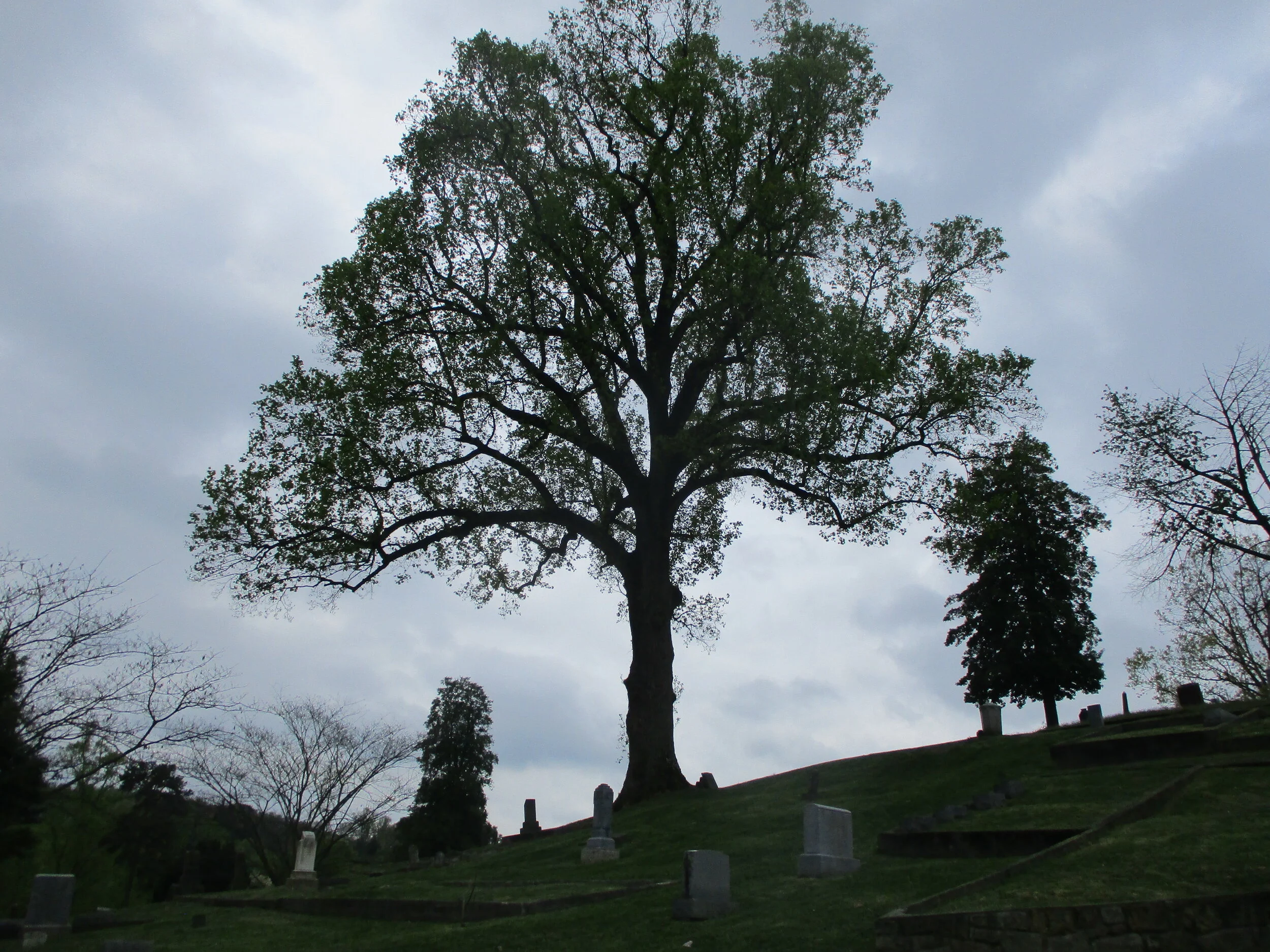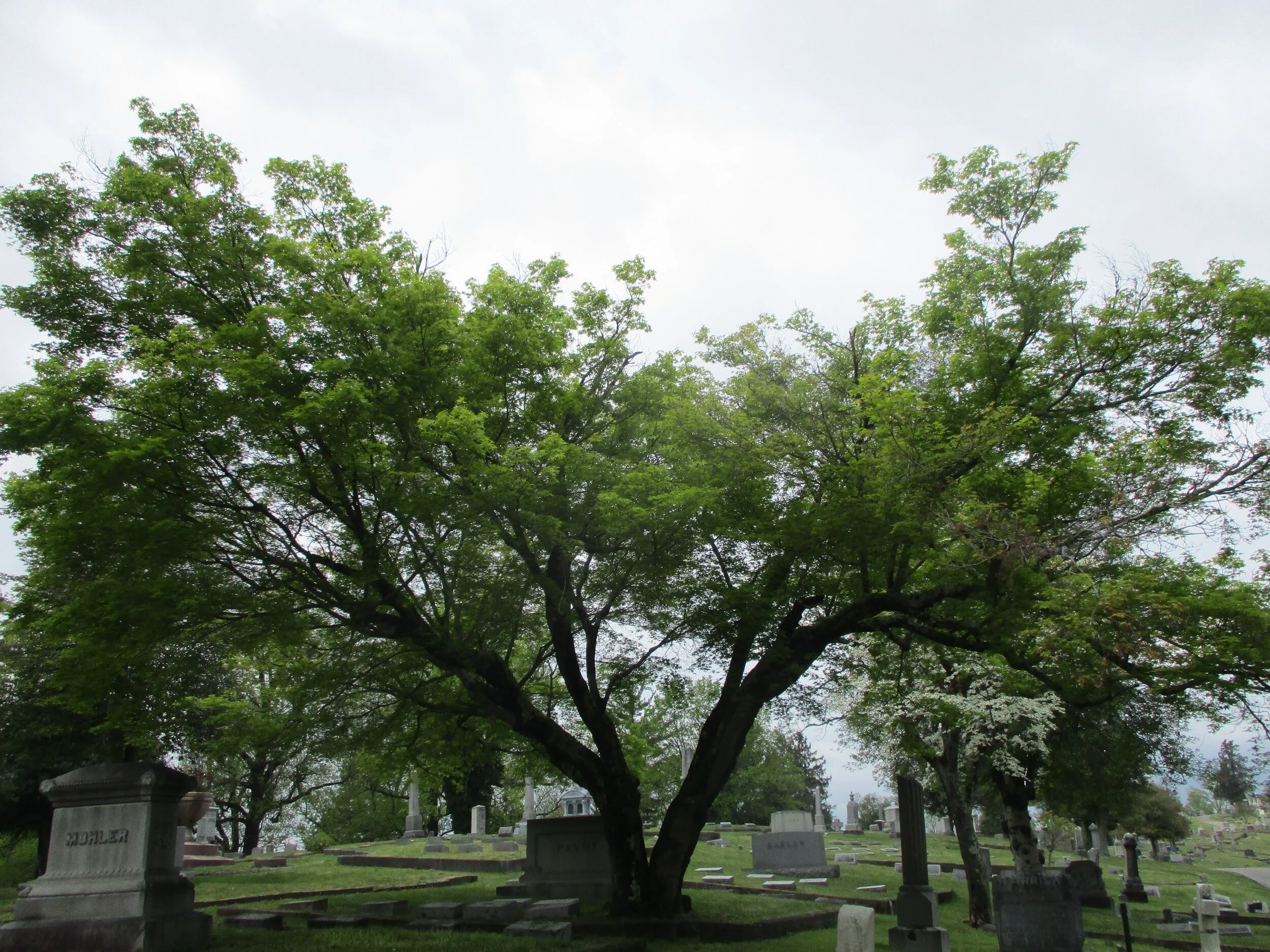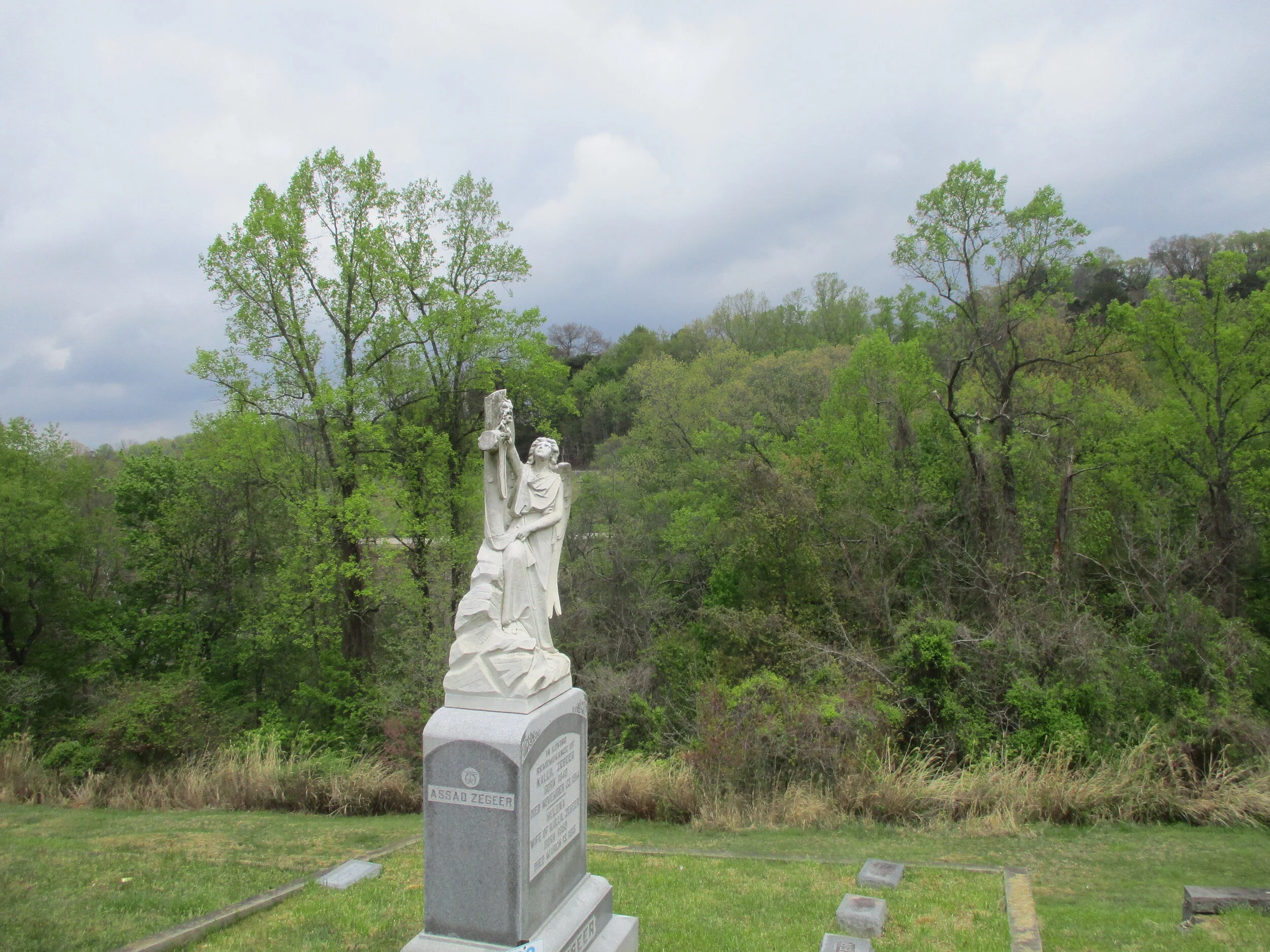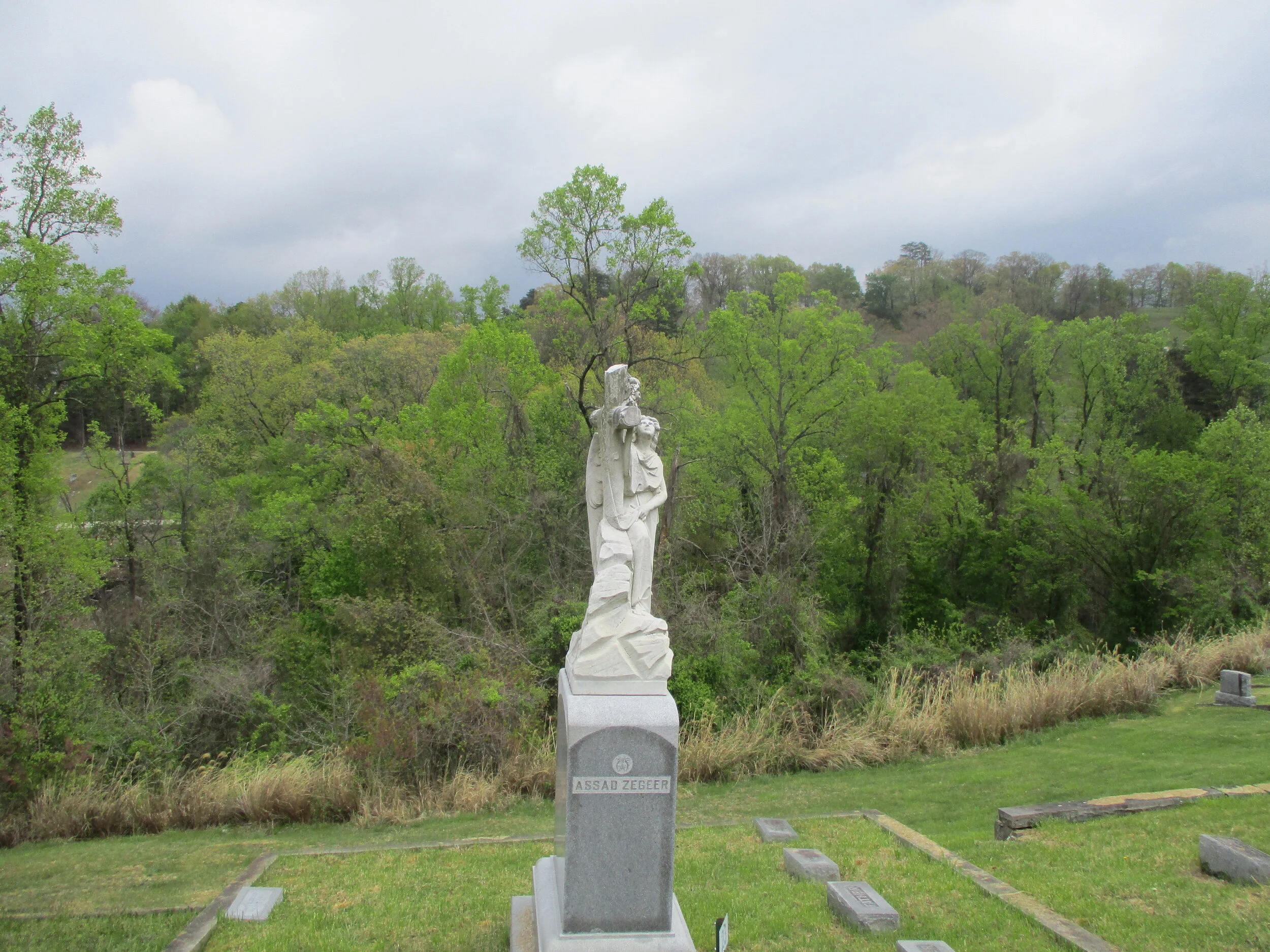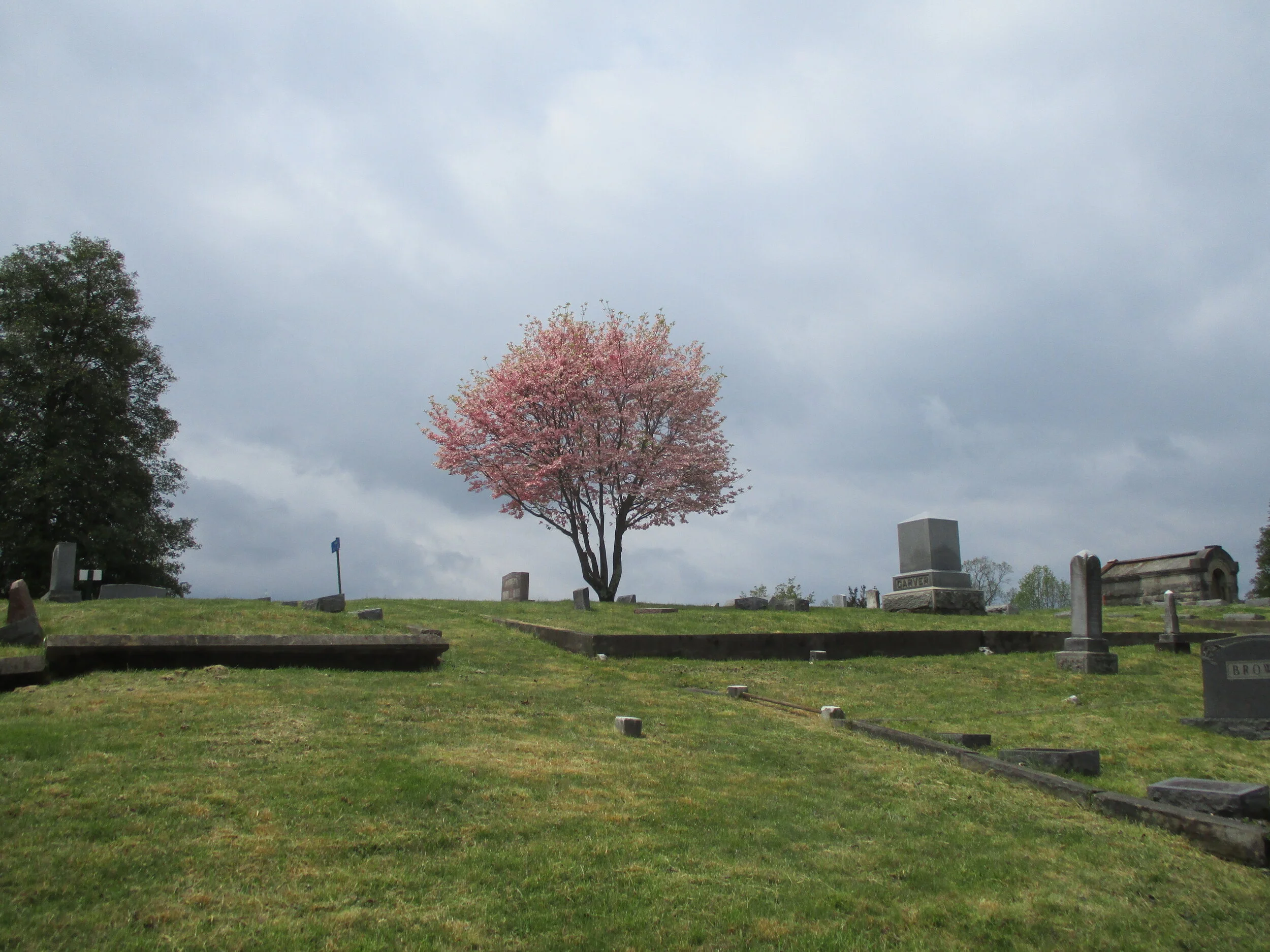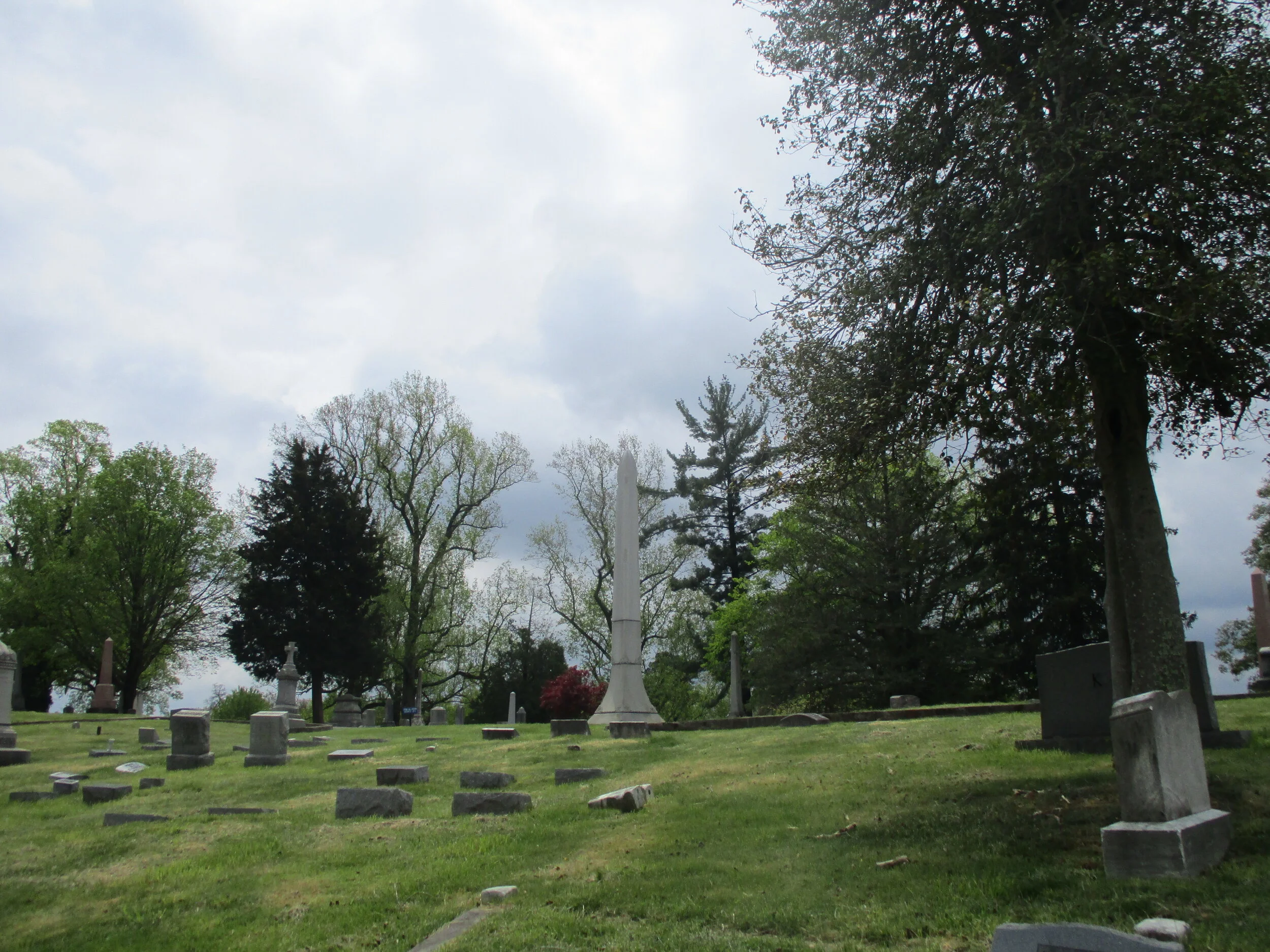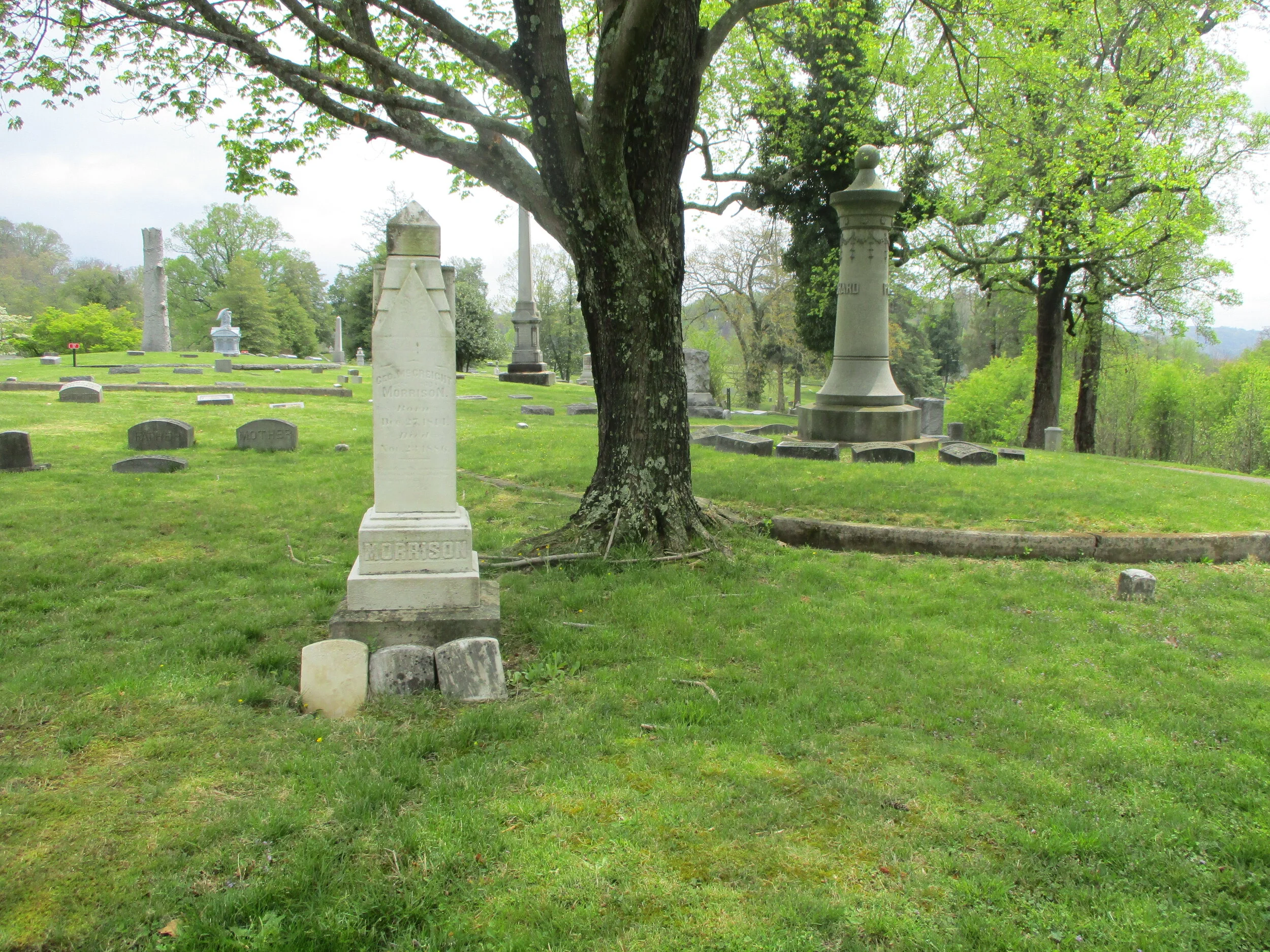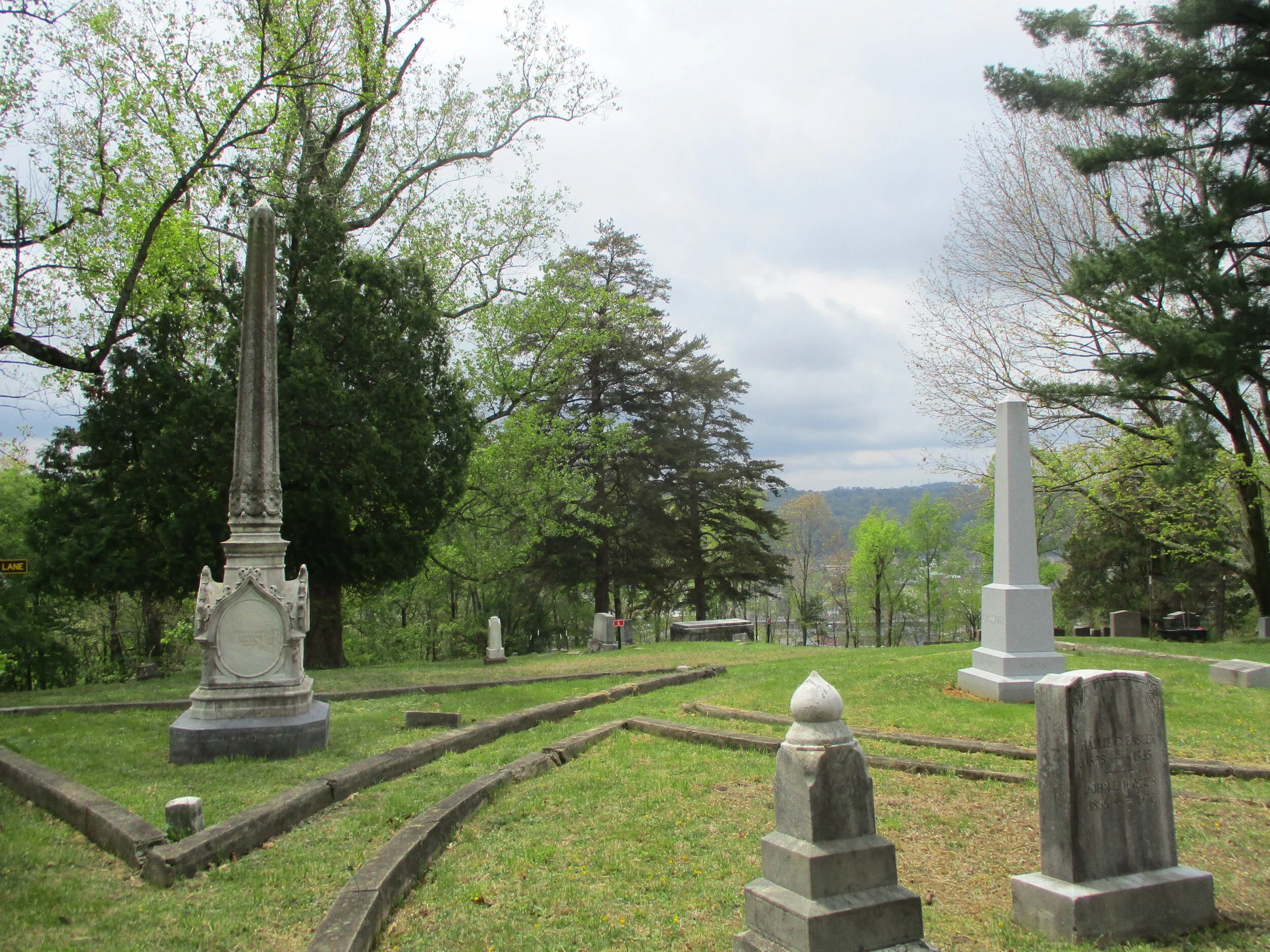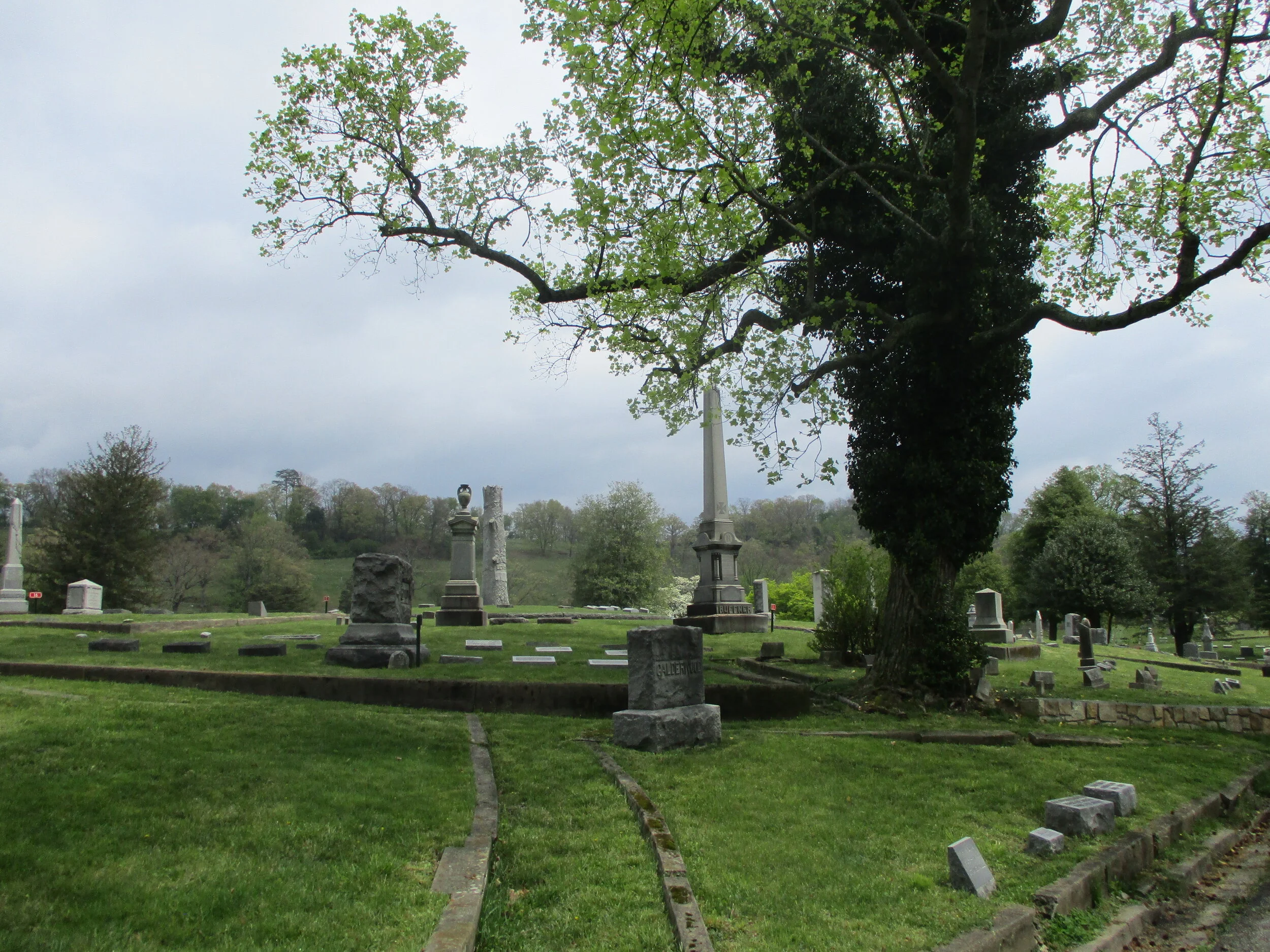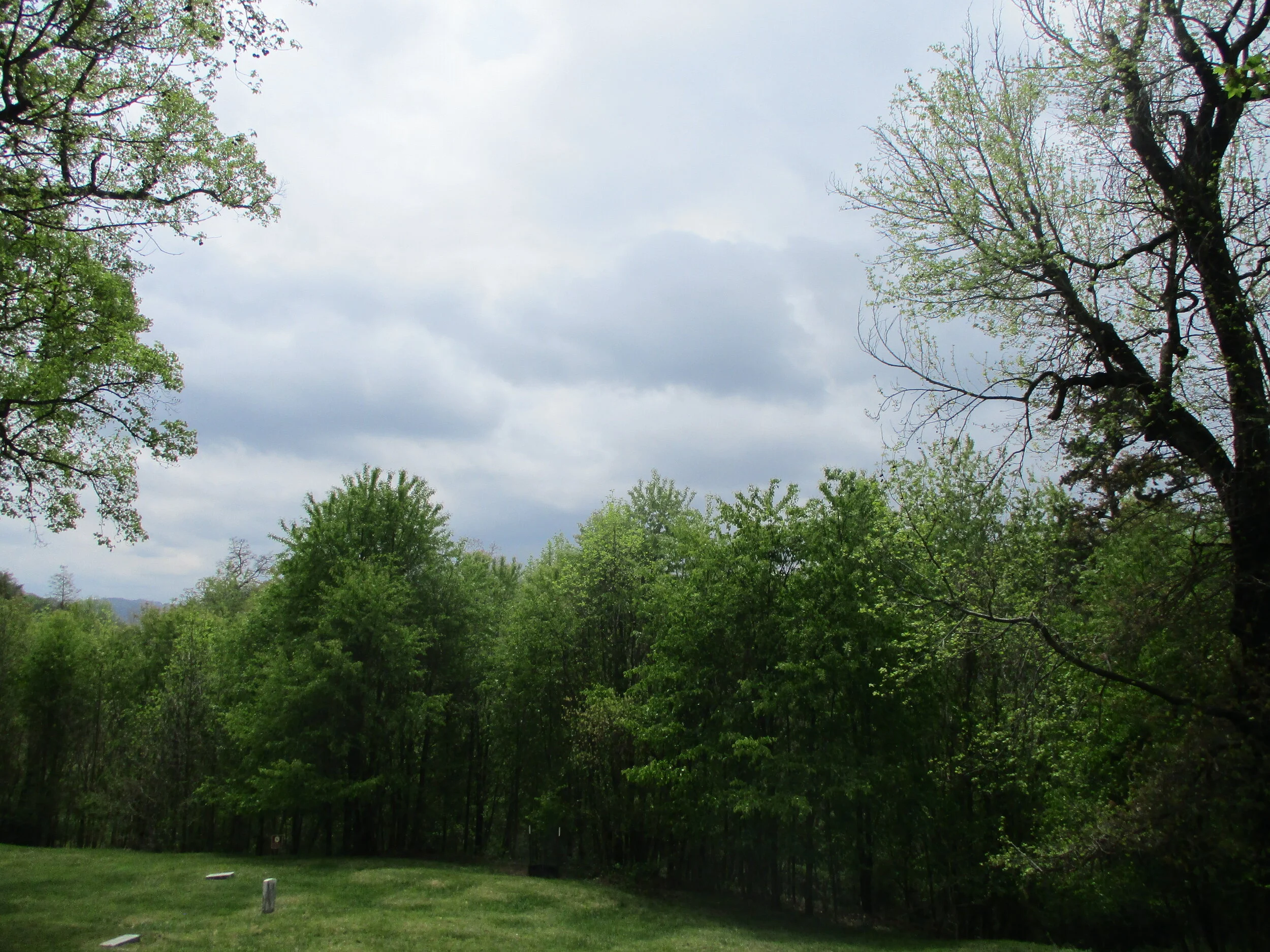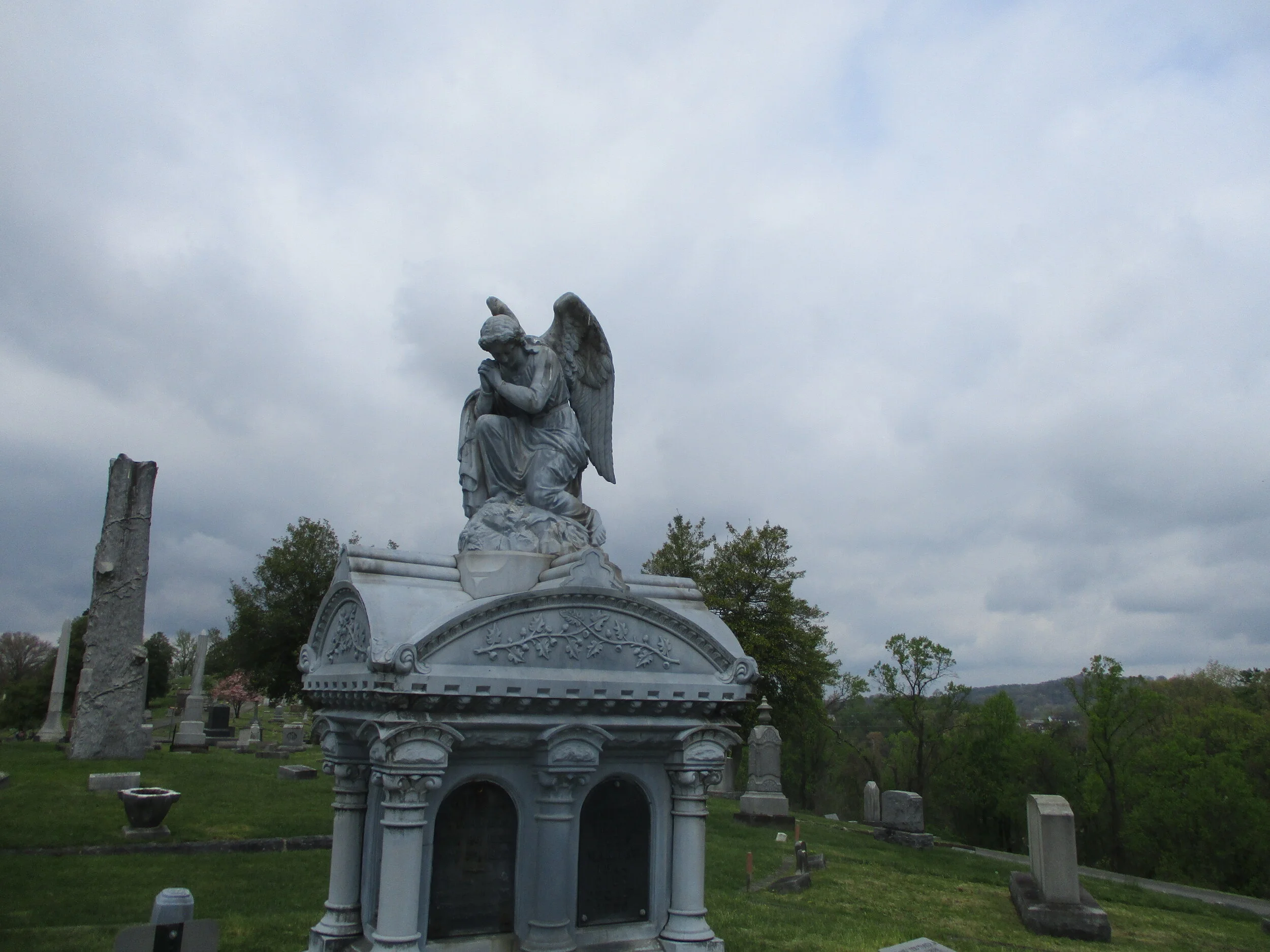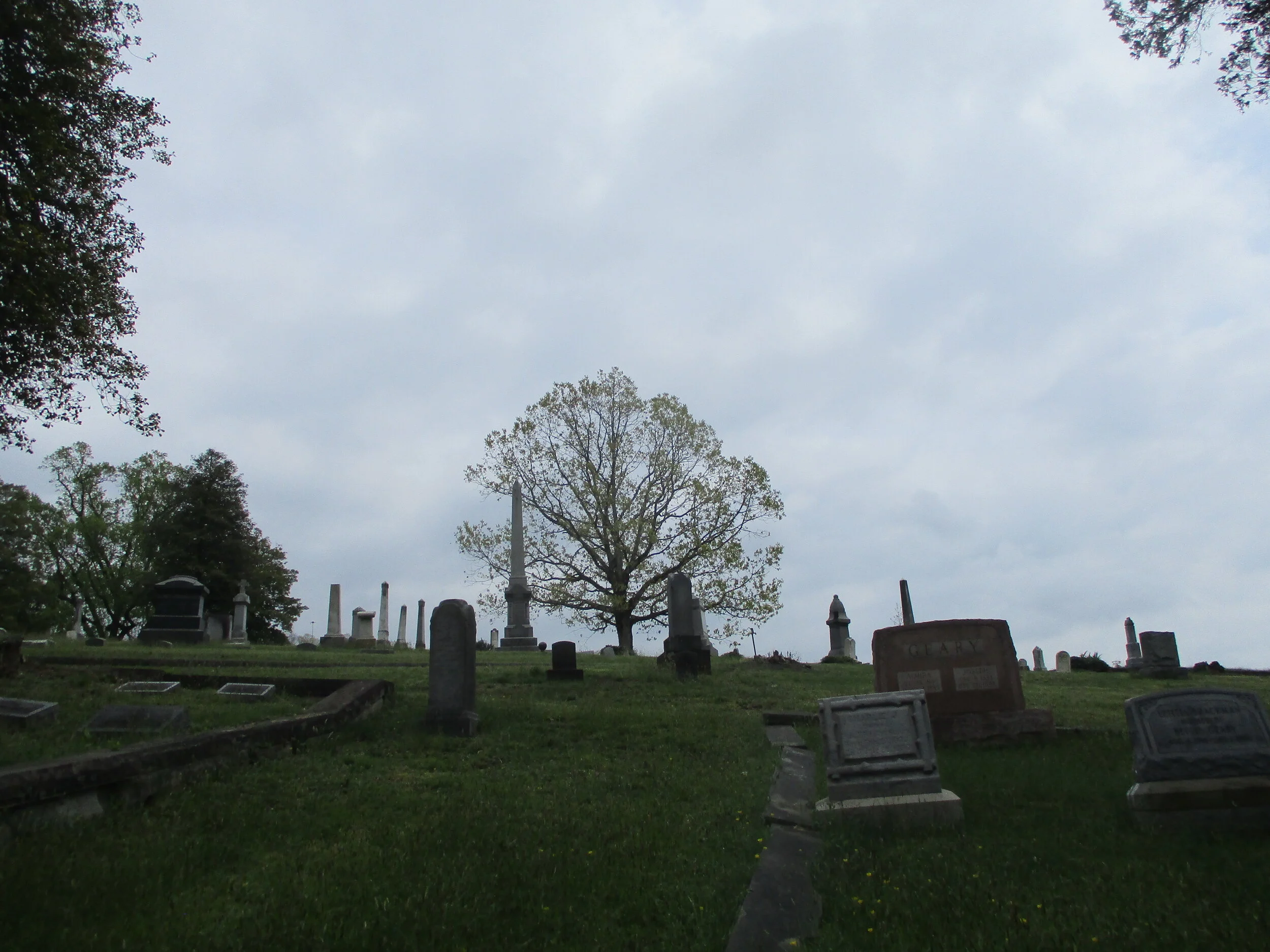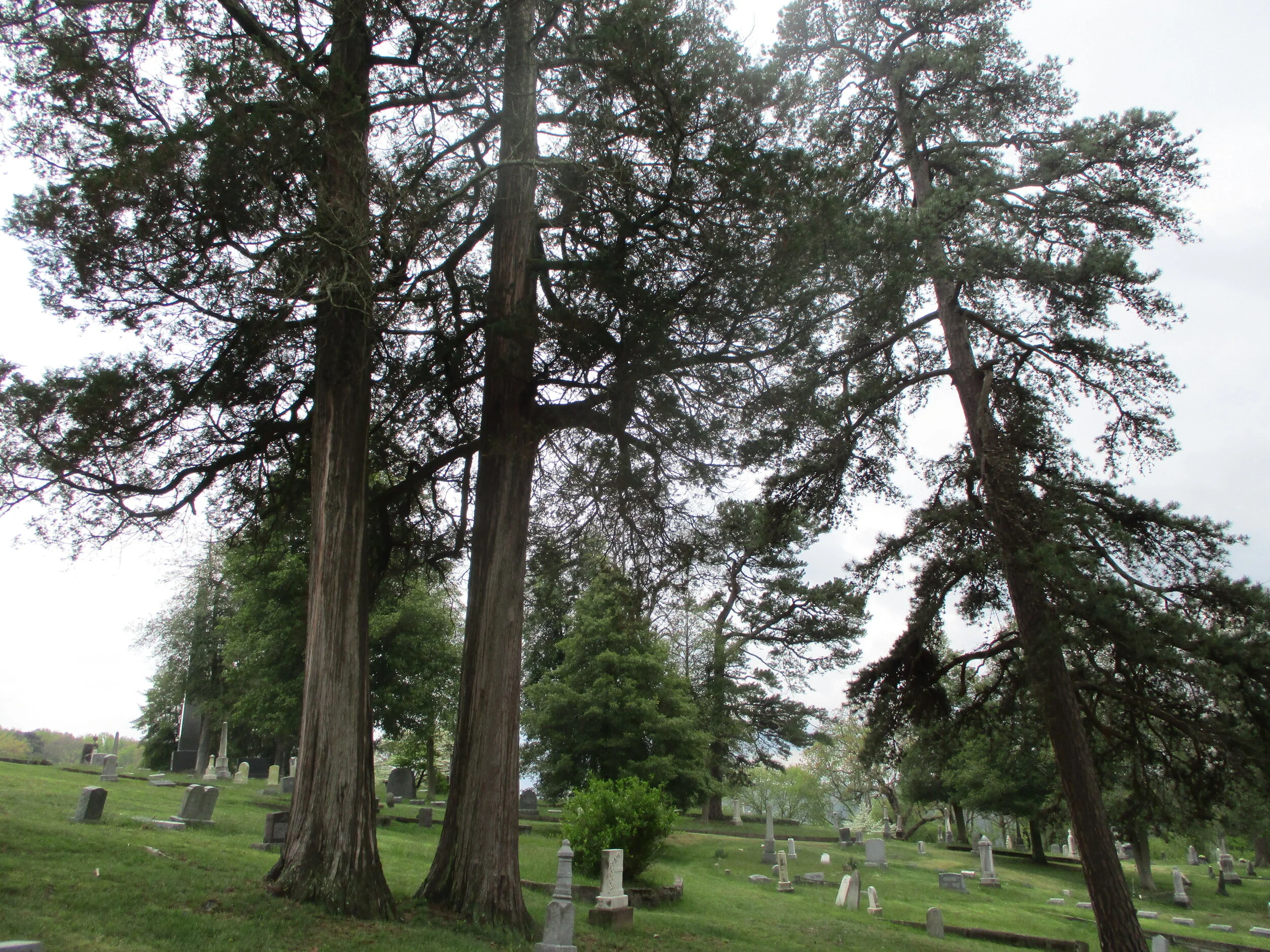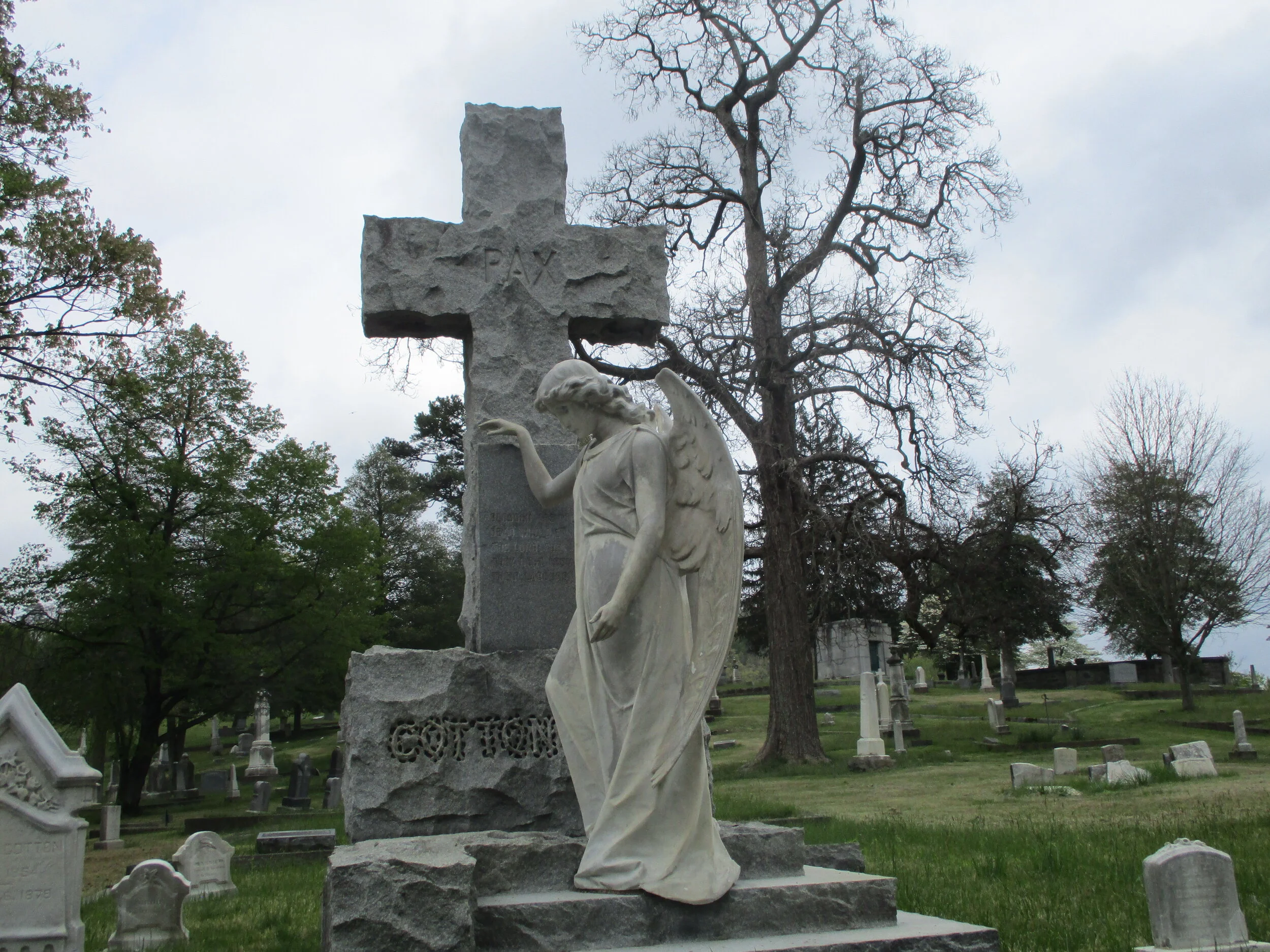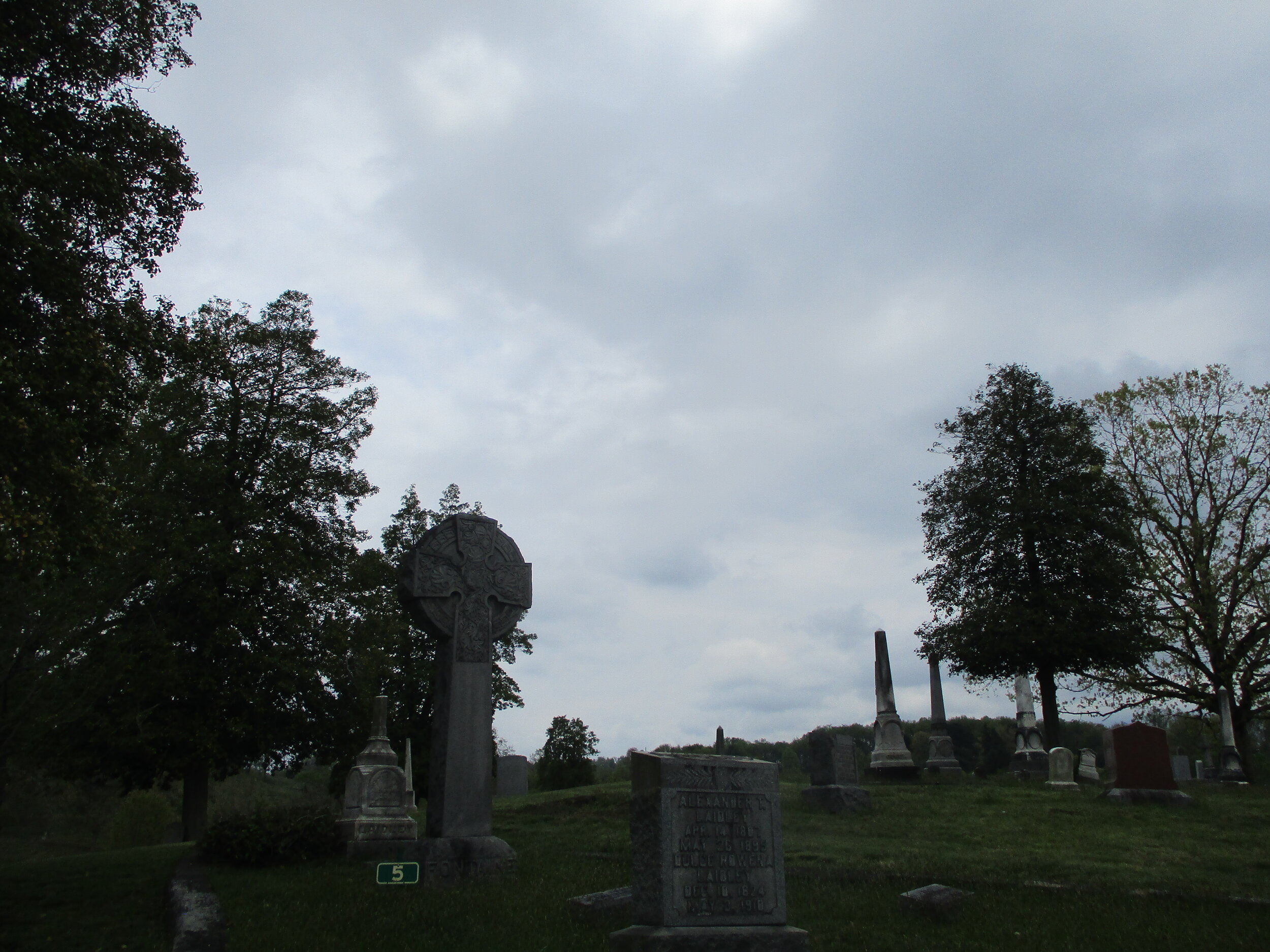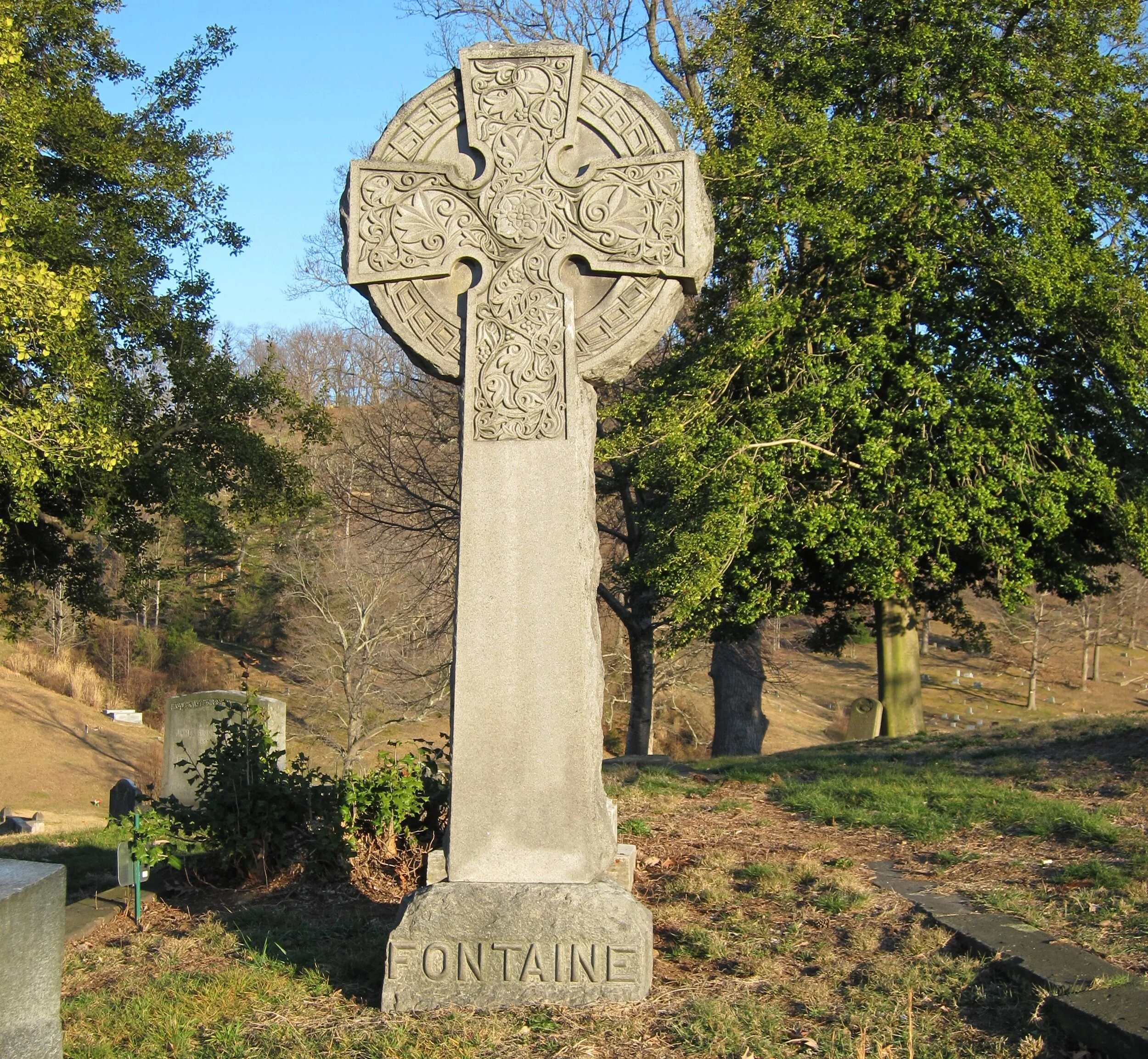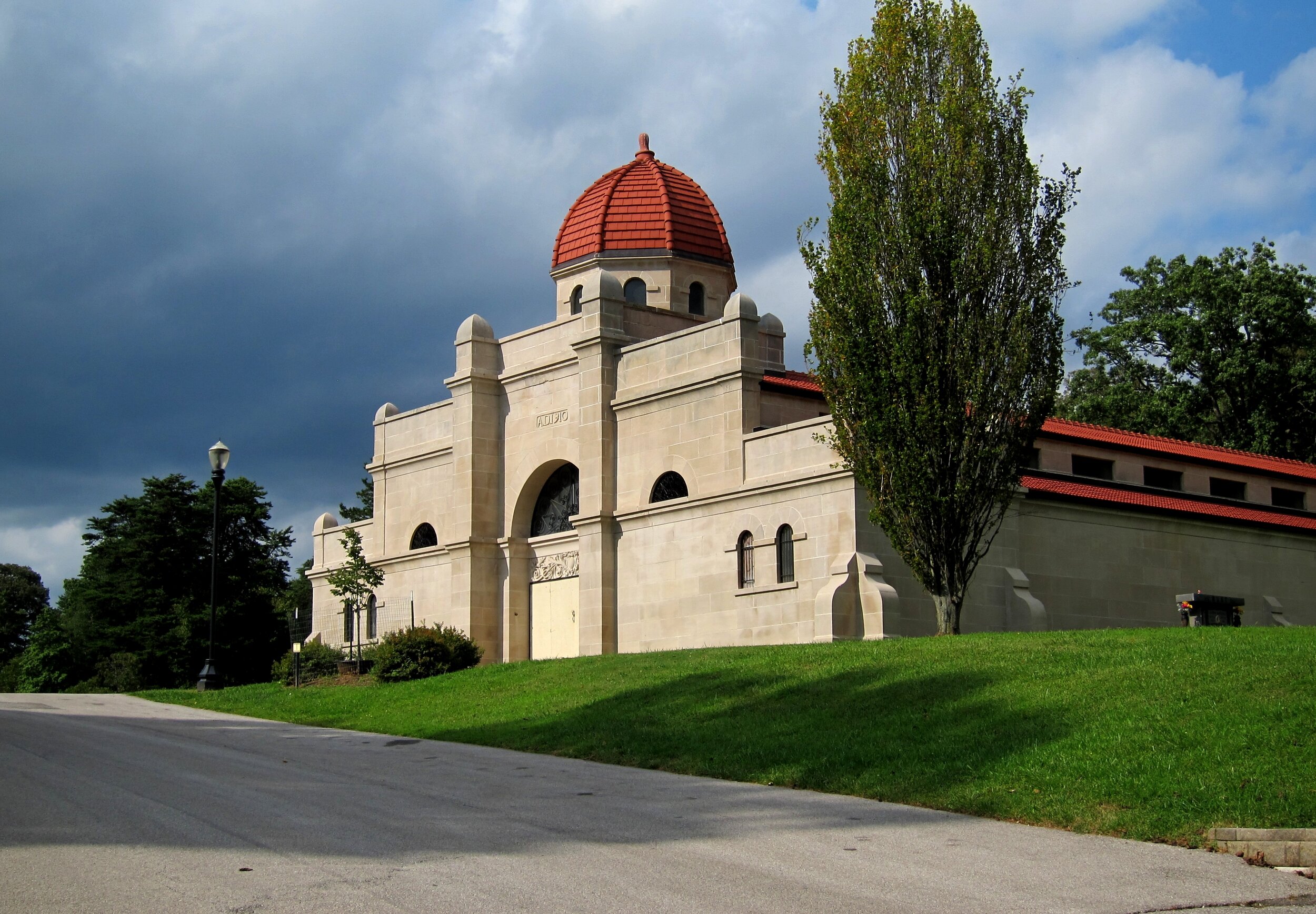
Our History
Spring Hill Cemetery Park occupies 168 acres of a hilltop less than a mile from the heart of downtown Charleston. Its name "Spring Hill" was chosen because of the large number of natural springs that dot its landscape. Officially established as the municipal cemetery in 1869 it is the final resting place for many of the prominent early settlers of Charleston and the Kanawha Valley. While the first burial in the cemetery occurred in 1872, there are markers dating from the 1700's. These markers represent remains moved to Spring Hill from elsewhere. A. J.Vosburgh, a civil engineer, designed the cemetery, now considered the first known example of landscape architecture in West Virginia.
There is much to see in Spring Hill Cemetery Park. On entering the cemetery on Farnworth Drive the first sight is the mausoleum with a stone facade and red tile roof. Its Moorish style architecture is striking.
On a slight rise above the mausoleum is Old Circle where many of the City's earliest families including Ruffners, Quarriers and Dickinsons are buried. The Old Circle is part of the 20 acres originally purchased in 1869 for $2,118.00. The City gradually bought the surrounding additions from descendants of the Charleston families who founded it. Many of the additions have names of families who owned property in the area including Wehrle, Middleton, Capito, Scruggs, Woods, Riggs, Burdette and Jeffries. Most hold graves going back to the 1800's. All together, it is estimated that there are up to 33,000 burials in Spring Hill proper.
Judges, lawmakers, soldiers and political leaders lay among City pioneers on the grassy hilltop. Two sections of the cemetery are reserved for veterans, with one containing only Civil War veterans. There are four history walks which are self guided and present much information on the notable persons buried in the cemetery.
The architectual styles represented in the array of markers and crypts include Gothic, Art Deco, Romanesque, and Neo-Classical Revival. Various types of marble were used as marker materials as well as limestone, granite and cast metal. Markers are carved into various shapes including acorns, tree stumps and many angels. There is a self guided Angel Walk which covers the entire park.
The park is the home of numerous trees, shrubs and flowering plants of all types. It is also the home of the Mary Price Ratrie Arboretum which contains 1400 trees of 109 species. Included are four "champion trees" which are the largest of their species in the State.
In 1985 Spring Hill Cemetery Park, along with its adjoining private cemeteries, Mt. Olivet Catholic cemetery, Bnai Israel's Hebrew cemetery, Loewenstein Cemetery and Mountain View Memorial Park, had the honor of being admitted to the National Register of Historic Places. In 1998 the City of Charleston established a Commission to oversee the affairs of the cemetery. One of the first actions taken was to change the name to Spring Hill Cemetery Park to emphasize the scenic and leisure aspects of the park.
The park is the perfect place for jogging, walking (with or without canine companions), bird watching, learning about the history of the area, and enjoying natural beauty. The best views of Charleston are found in the park. It remains an active cemetery with new burials happening on a regular basis.
Be on the Lookout for Monarch Butterflies!
Did you know Spring Hill Park and Arboretum is a Monach waystation? Our vast environment provides these brilliantly-colored creatures of many nutrients and housing for survival!
Contact the park office or your local garden club to learn how to protect our Monarch’s and their habitat.
